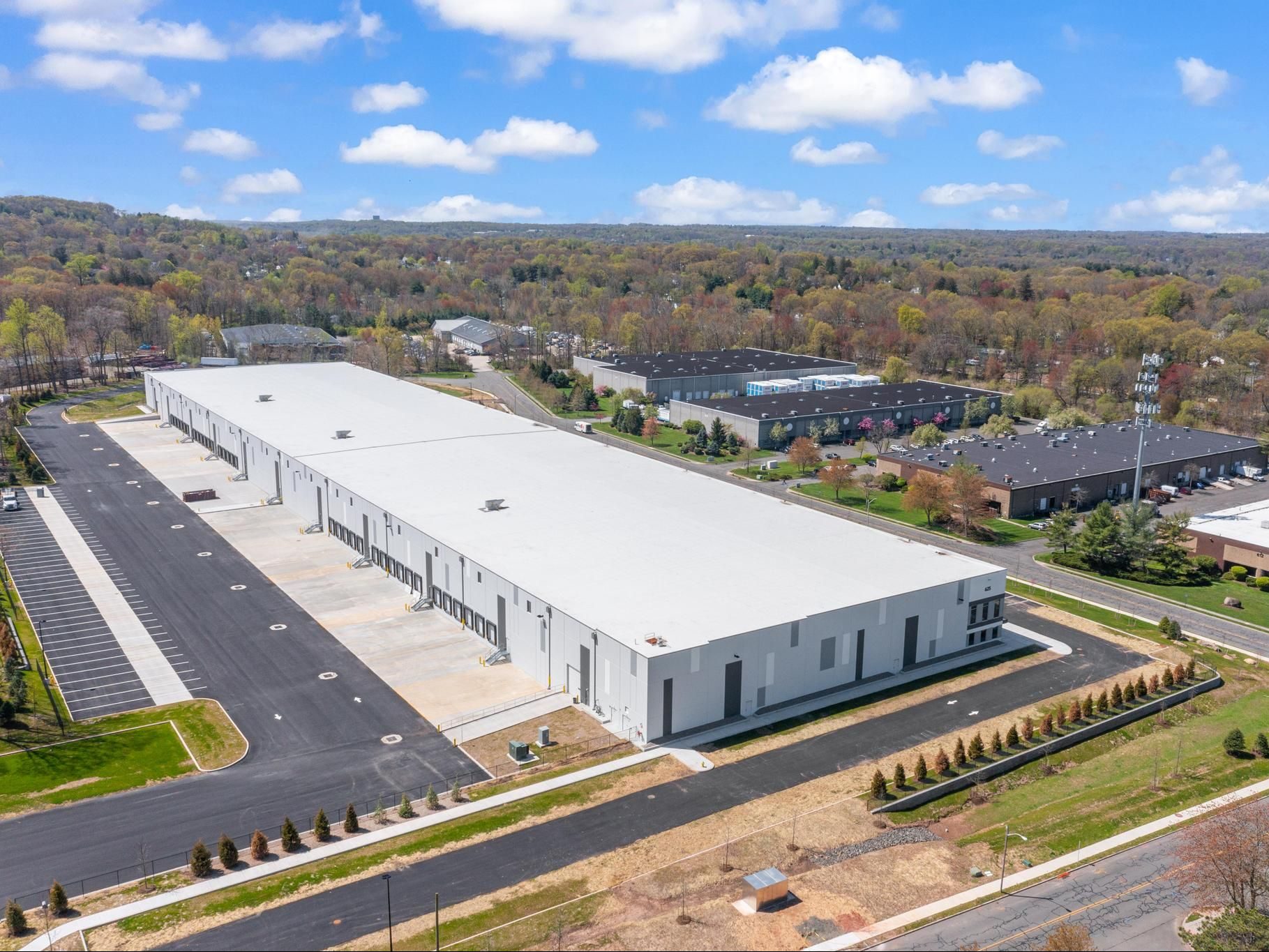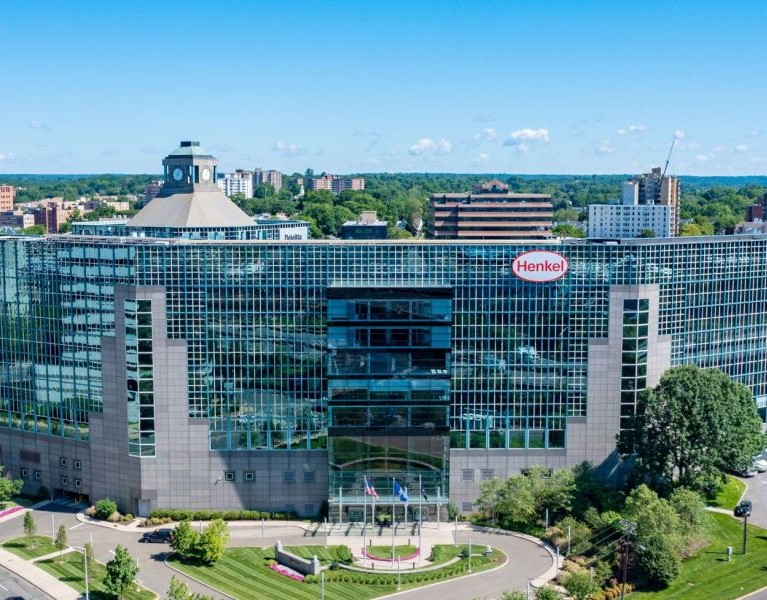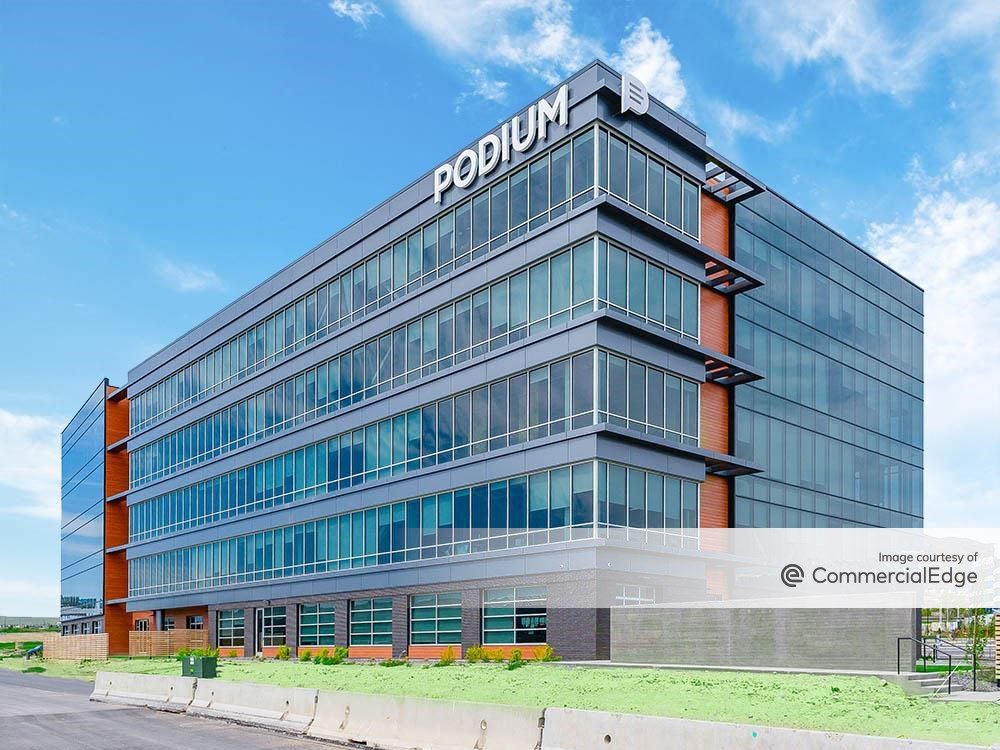Why Partial Sale-Leasebacks Are the All-Season Solution
Jeff Tracy of Stan Johnson Co. on the structure’s potential value to users and investors.

Jeff Tracy
Many companies, at one point or another, choose to purchase a building in which to operate their business, but owning a property doesn’t always provide the flexibility necessary for a growing company. Similarly, companies impacted by mergers or acquisitions, as well as those forced to scale down their businesses in response to changing environments, don’t always know what to do with unused space.
What are my options?
If a company owns their real estate, it’s easy to think in terms of absolutes if the space no longer fits their needs due to growth or consolidation. One common option that many businesses consider is the “landlord” option. The company can continue to occupy a portion of the property and lease out their unused space. While this solution may seem straightforward and desirable, most companies underestimate the time, money and resources needed to be an effective landlord.
A second common option is the “dark” option. In this scenario, a company will choose to relocate to a space that better fits their needs and will sell their now-vacant property to a third-party investor. Again, it may seem logical to move out of a space that has been outgrown or is being underutilized, but it’s a significant business disrupter to relocate. Additionally, because the property won’t bring cash flow for the new owner immediately, selling a vacant building typically results in the lowest sale value.
A third option that real estate owner-occupants should consider more frequently is the “partial sale-leaseback” option.
What is a partial sale-leaseback?
A sale-leaseback, in its most simplistic form, describes a transaction where the owner-occupant of a property sells the building to a real estate investor and executes a long-term lease at the time of closing, thereby becoming a rent-paying tenant without the hassle of having to physically relocate. A partial sale-leaseback describes the same transaction but instead of the owner-occupant continuing to occupy the entire building, they execute a long-term lease for only a portion of the space.
This allows the company to right-size their operations, while allowing the new owner to collect rent on day one and lease the remaining space to additional tenants. The company avoids significant business disruption that would be caused by relocation or by becoming a landlord themselves while maximizing profits from the sale of their building.
To illustrate how a partial sale-leaseback can be beneficial to companies in a variety of situations, let’s explore a few scenarios common in today’s environment.
Case Study No. 1
XYZ Legal Corp. has outgrown their current office space and looks to expand.
XYZ Legal Corp. owns a 20,000-square-foot, two-story office building in the Midtown submarket of Atlanta and they’ve run out of space to hire new lawyers and administrative staff. Additionally, as they’ve grown, their clientele has shifted noticeably to the suburbs, and the firm looks to open a second location outside the city. In order to fund a suburban expansion and hire additional staff, the company decides to execute a partial sale-leaseback, selling their Midtown property to a third-party investor for top dollar and executing a long-term lease for 10,000 square feet on the first floor.
This allows the law firm to fund and open a second location with no disruption to its existing business, while the new owner is able to collect rent immediately and lease out the second-floor space to another tenant.
Case Study No. 2
The Product Co. was acquired by The Widget Co. and now has redundant manufacturing space.
When The Widget Co. acquired its competitor, The Product Co., the newly combined firm decided to pursue a partial sale-leaseback for The Product Co.’s building. It was a 100,000-square-foot industrial facility in Chicago, Illinois with 30,000 square feet of office/flex space and 70,000 square feet of traditional manufacturing space. After consolidating all manufacturing efforts at The Widget Co.’s headquarters location, the newly combined company sold the Product Co.’s building to a real estate investor and signed a long-term lease for 15,000 square feet of office/flex space to house their accounting department.
The partial sale-leaseback provided funds to help offset the acquisition costs incurred by the Widget Co. and allowed them to consolidate, reorganize and streamline their operations with minimal business disruption. Additionally, the new investor was able to acquire an attractive asset that could be leased to new tenants with minimal build-out costs.
Case Study No. 3
Carpet Industries has scaled back operations, reduced their workforce and will no longer handle their own distribution, leading to an excess of both office and distribution space.
Carpet Industries, a retail supplier for the local Louisville, Ky., area owns and occupies an 80,000-square-foot flex building. Currently, half the building is built-out as office/showroom space, with the remaining square footage used for storage and distribution, but the business has scaled back in recent years due to decreased demand. They have reduced their back-end office staff as well as their showroom sales team, and they have begun outsourcing client deliveries. No longer in need of dedicated distribution space or nearly as much office space, the company decides to execute a partial sale-leaseback.
An investor purchases the building, providing Carpet Industries with an influx of cash to sustain the business, and the company signs a long-term lease for 30,000 square feet. The new owner agrees to fund remodeling expenses to reduce the size of Carpet Industries’ showroom and office space, and the investor is left with 50,000 square feet of industrial space to lease to another tenant.
While the logistical considerations are similar for owner-occupants considering a partial sale-leaseback, the financial benefits can vary widely as each business is unique. As illustrated above, motivation can also differ greatly from company to company, but a partial sale-leaseback is a great one-size-fits-all solution for companies in all stages of growth, consolidation or reorganization. How could a partial sale-leaseback help your business?
Jeff Tracy is an associate director at Stan Johnson Co.







You must be logged in to post a comment.